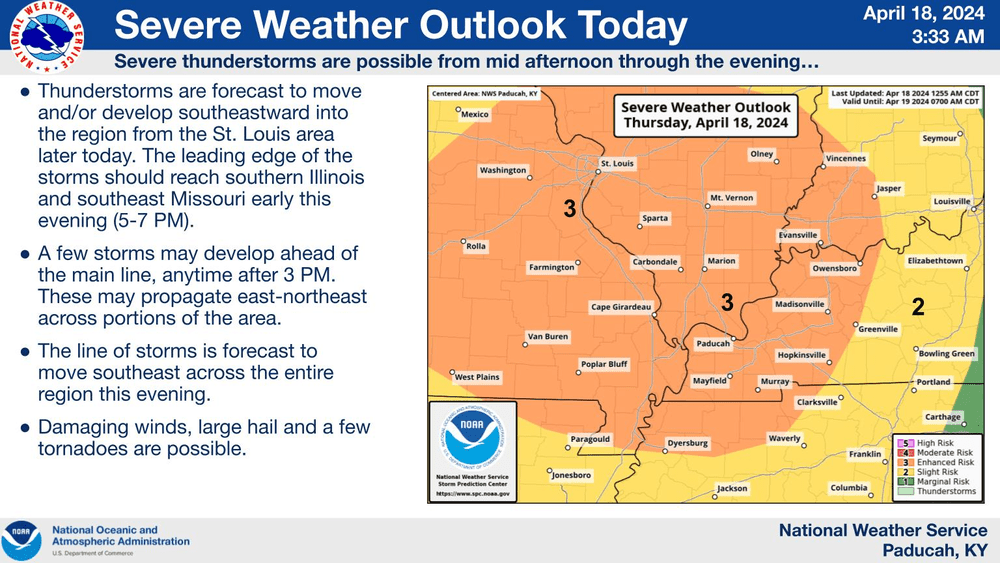Daffodils are one of the easiest and most dependable flowers to grow. They are also one of the first bloomers of the year and, if given the proper growing conditions, we can enjoy their bright yellow blooms for several weeks.
Daffodils are called by many names …Narcissus … Buttercup… Jonquil. Daffodil is the common name for all species of Narcissus, the botanical classification for all daffodils. Both daffodil and Narcissus can be used interchangeably. Jonquil is a specific species of daffodil characterized by a strong scent and rounded foliage. Buttercup is the common name for a noxious yellow-blooming pasture weed and should not be used to describe daffodils.
Daffodils are suitable for a shrub border, perennial beds and for naturalizing hillsides. They look best when planted in large numbers of one variety. Daffodils are planted in the fall at a depth of 6 inches. During and after flowering, daffodils need plenty of water to actively grow and replenish the bulbs’ energy. They should not be watered in the summer while they are dormant.
Occasionally people complain that their daffodils won’t bloom. There are a few reasons this can happen:
• Bulbs need fertilizer. Established bulbs should be fertilized each spring. Lightly broadcast a low nitrogen fertilizer such as 5-10-10 or 6-24-24 at planting, when leaves emerge, and at bloom. Be careful not to get fertilizer on the leaves which may cause foliar burn.
• Too much nitrogen was used. A fertilizer high in nitrogen will encourage excess leaf production rather than blooms. Likewise, a high fertilizer concentration can kill newly emerging roots and promote bulb rot.
• Your site is too shaded. Daffodils need at least a half-day of sun to produce blooms. Avoid planting bulbs on the north side of buildings and near tall, dense evergreens. You can plant daffodils under deciduous trees since much of their growth is completed before the trees leaf-out, however you may need to add additional water and fertilizer to compete with tree roots.
• Poor Drainage. Bulbs planted in poorly drained soils become weakened, fail to flower, and often develop rots. If you have a heavy clay soil, before planting a bed of bulbs, till the area to a depth of 10 inches, add a 2 to 3 inch layer of compost or other organic matter over the surface, then till that layer into the top 6 inches. Avoid animal manures as amendments since they tend to encourage bulb rot. Even if you are planting on a slope where surface drainage is high, internal drainage may still be poor.
• Tops were cut too soon. The leaves of the daffodils manufacture the food stored in the bulb and help produce flowers in the following year. Although it may become unattractive, the leaves should be left undisturbed until they turn yellow, often 6-8 weeks. After they have faded remove the blades by hand rather than cutting the foliage to avoid the spread of certain viral diseases.
• Bulbs may need dividing. If you’ve noticed reduced flower size or number of flowers it is time to divide your daffodils. Dig the bulbs while the foliage is dying. Separate the bulbs and replant them about 6 inches apart and 6 inches deep. If you want to wait and replant in the fall, remove the loose soil from the bulbs and allow them to dry on shallow trays in a cool, well-ventilated area for several weeks. Store them until next fall in mesh bags.
• They were recently divided. Some newly divided and transplanted bulbs may skip a year of blooming after being moved.
• The squirrels got them? It is a common misconception that squirrels and other rodents eat daffodil bulbs. The bulbs and leaves contain poisonous crystals which rodents dislike, however it is possible they could have dug up the bulbs.
Most people believe daffodils bloom only yellow. However, Narcissus is divided into 12 distinct divisions with more than 70 species and 25,000 cultivars. There is a lot of variety in color and shape. Some daffodils are creamy white, orange, orange-red, or various shades of yellow. Their shape may include a flower with a long trumpet-shaped center, double bloom, crinkled petals, or a “hoop petticoat” form. Additionally, daffodils are classified into three blooming stages, early, mid-season, or late-season. With proper selection, you can enjoy many cultivars of daffodils and have attractive blooms for several months in the spring.
If you want to learn more about daffodils, join the American Daffodil Society. Checkout their website at: www.daffodilusa.org






